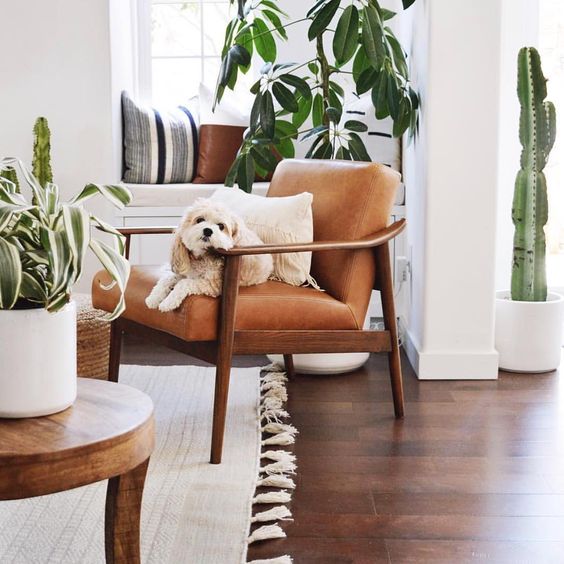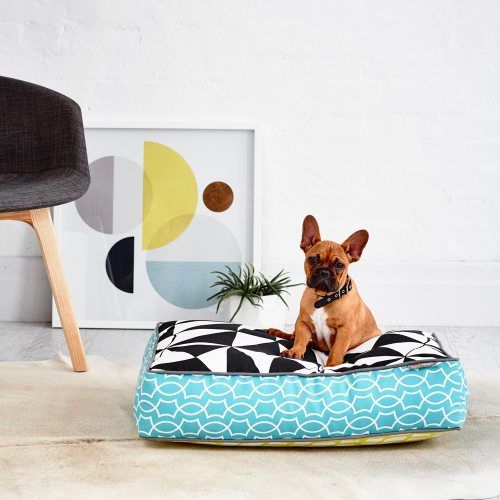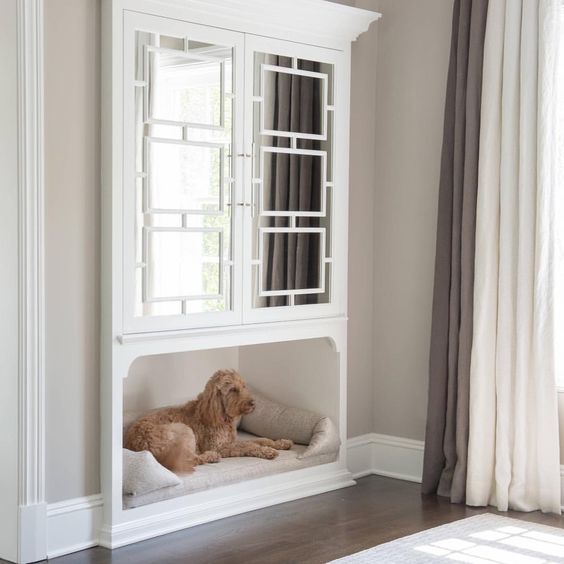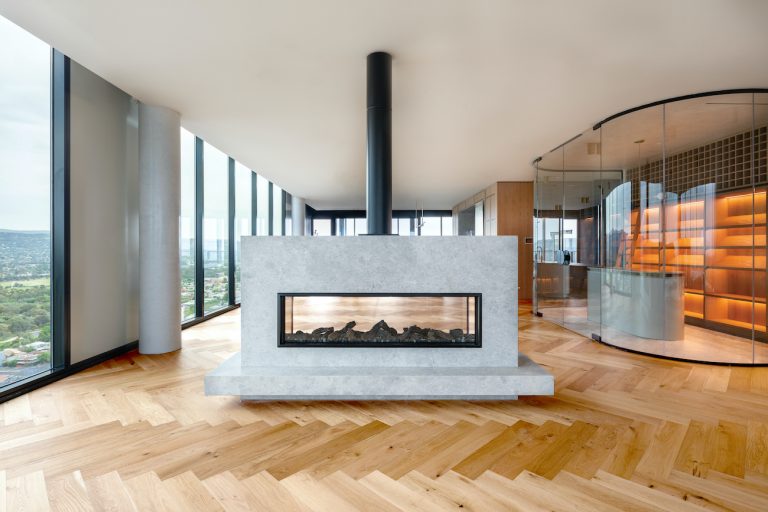
Introductions
When deciding on a new floor, it’s easy to get caught up in your needs and wants. But what about your pets? What works for you doesn’t always work for them.
If you have a pet and you’re looking to update your floors, there’s one thing you need to ask yourself. Do you want pet-proof floors, or pet-friendly floors? What’s the difference you ask? Here’s a good example…
Stone and tile floors are durable, hard-wearing, stain-resistant and water-resistant. They’re ideal for you because you don’t need to worry about scratches, stains or a tough surface to clean when accidents occur. Because they’re less likely to incur any damages as a result of having a pet, we would class them as pet-proof, but not pet-friendly. Why? They’re cold to the touch, a harder surface to walk or sleep on, and can be slippery at times. Not ideal for your pet.
If you decide on pet-friendly floors, there are 4 qualities you should seek in your floor choice…
– It’s scratch resistant
– It’s water-resistant
– It offers traction
– It’s soft underfoot
With that in mind, these are our top choices for pet-friendly floors.
Laminate ticks nearly all the boxes when it comes to being pet-friendly. Thanks to its durable wear layer, it’s water and scratch-resistant (and in particular patterns, it’s less likely to show any scratches that may occur). While some laminate styles – gloss in particular – can be slightly slippery for anyone racing across, when you opt for a textured style you’re adding an instant slip-resistance!
Vinyl is what we consider pet-proof and pet-friendly. It’s waterproof, stain-resistant, easy to clean and it absorbs noise. It’s also comfortable for your pets to walk and lie on, provides them with traction which reduces the risk of slips and injuries, and it’s hypoallergenic – meaning it doesn’t harbour things like mold, mildew and pet hair.
Photo credit: Jane Beiles Photo via Pinterest
If you opt for a pet-friendly floor, chances are you’re compromising on some of the qualities that make it pet-proof. Floors can be scratched, stains will occur – wear and tear is inevitable. But there are several things you can do to minimise any damage your pet may inflict on your floors…
– Use doormats at all entrances to catch any dirt and debris your pet might track in
– Clip your pet’s nails regularly. While some materials are scratch-resistant, heavier animals are more likely to cause damage if their nails aren’t trimmed.
– Implement the use of rugs in areas where your pets sleep and play. It’s in these places that pets are more likely to take off running
– Whether your floor is water-resistant or waterproof, it’s still recommended you wipe up any liquid spills or accidents immediately to prevent stains or water damage
– Placemats underneath food and water bowls where spillage is likely to occur
– Sweep, mop or vacuum regularly





